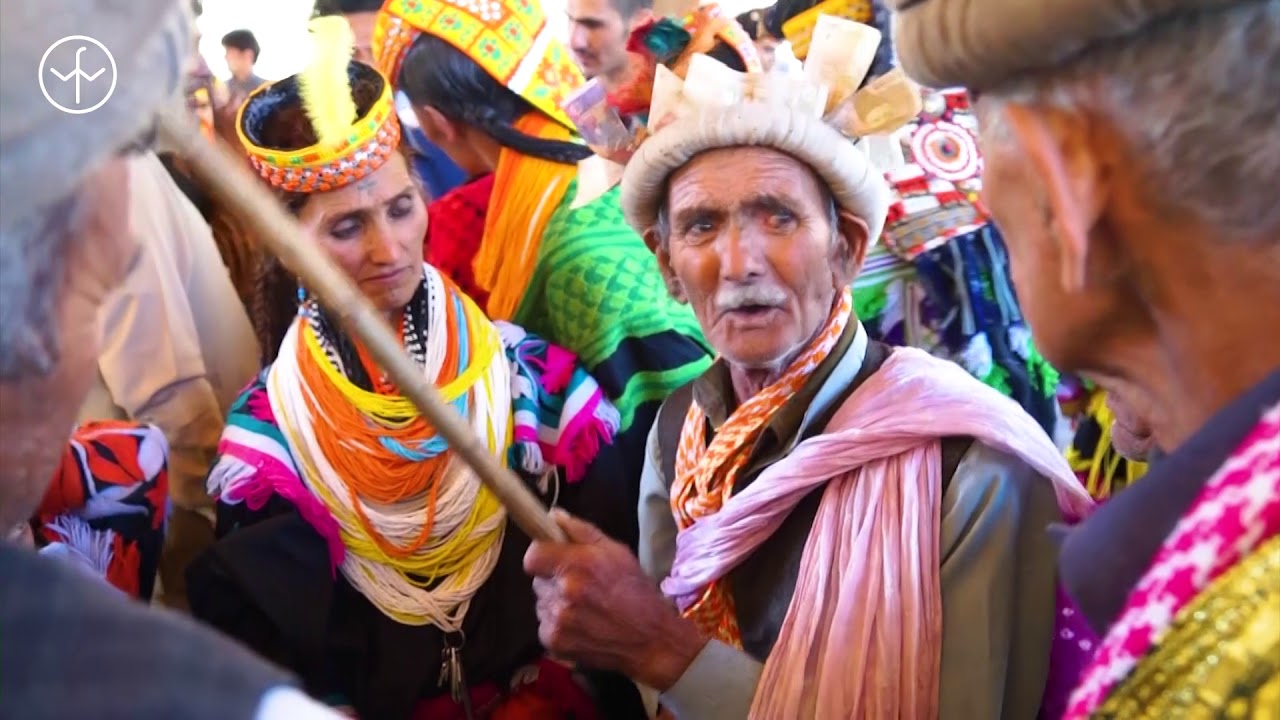To say Pakistan is close to our hearts would be a master understatement. It was here in the late 90s that the whole idea for Wild Frontiers came about, and it was through these amazing mountains that we ran our first trip. Of course the world and our business as moved on a long way since then but we still feel this is a country that offers the adventurous traveller an extraordinary experience.
Pakistan is a large country, from Karachi in the south to the Khunjerab Pass leading to China it covers stretches over 2,000 kilometres and is home so some 200 million people. And although we have recently put on a new tour that focuses on the south and in particular the amazing sites of the Indus Civilisation that blossomed in these parts some 5,000 years ago, for the most tourism to Pakistan will focus on the north.
A great access point to this region is Lahore. As the cultural capital of the country it is a fascinating town, steeped in history with a plethora of great sites to visit, including the famous Lahore Museum, the Moghul fort and Badshahi Mosque, the old town and the Wazir Khan Mosque.
Four hours’ drive north of Lahore is the nation’s new capital Islamabad – with its spectacular Faisal Mosque – and from here the mountains begin.
And what mountains they are. The three largest mountain ranges on earth converge here, setting a backdrop to one of the most spectacular journeys you are ever likely to take as you swing from the Hindu Kush, through the Karakorum’s to the Himalayas.
The first place of interest is Chitral. An ancient mountain kingdom, until very recently cut off from the rest of the country for 6 months of the year, this region is a great place to kick off your trip to the north. The town boasts the famous old fort, scene of the British siege of 1895, a spectacular mosque and games of frontier polo, a sport locals will tell you originated here.
The region is also home to the Kalash, and ancient people that inhabit three narrow valleys that buttress up against the Afghan frontier. As the last of the pagan tribes that inhabit the Hindu Kush the Kalash, a race that claim decedents from the armies of Alexander the Great, the Kalash are known for their festivals of dancing and singing and represent a true highlight of any trip to the country.
From Chitral Town you can take one of the most spectacular roads anywhere in the world, around the towering form of Mount Tirich Mir, which at 7,500m is the highest mountain in the Hindu Kush, to Mastuj and on over the Shandur Pass. As a watershed between Central Asia and the Indian subcontinent, this is a great place to walk and enjoy a picnic, or if you are here in early July enjoy a gathering of thousands for the highest polo game played anywhere in the world.
From Here you will drive on through Gilgit where you can see relics from the regions Buddhist past, before driving on up the famous Karakoram Highway – or KKH as it’s locally known – to one of the most beautiful places anywhere on earth, the Hunza valley. Besides just taking in the epic views, here you can visit the UNESCO restored Baltit Fort, and the neighbouring Altit Fort, and go for walks both through local meadows and on nearby glaciers. There is also the new lake at Attabad, formed by a massive rockslide in 2010, on which you can take a boat ride.
And from here, if not travelling on to China over the Khunjerab Pass, you can head still further east, following the Indus, to Skardu.
If you want to go trekking this region offers the best hikes anywhere in the world, ranging from 3 to 4 day walks to the epic K2 Concordia trek. And conversely the region also boasts some of the norths best hotels at Shigar Fort and Khaplu Place. It is also where the Wild Frontiers Foundation build its first school.
There are of course many other interesting sites to visit such as Peshawar and the Khyber Pass, Fairy Meadows, sitting in the lee of the giant Nangar Pharbat, the point at which the three great mountain ranges collide and the beautiful Dosia Plateau.
source

